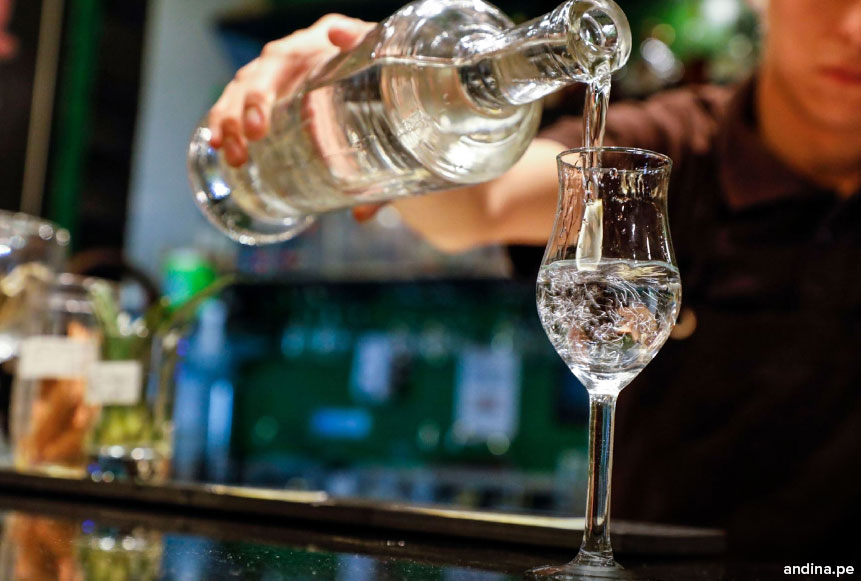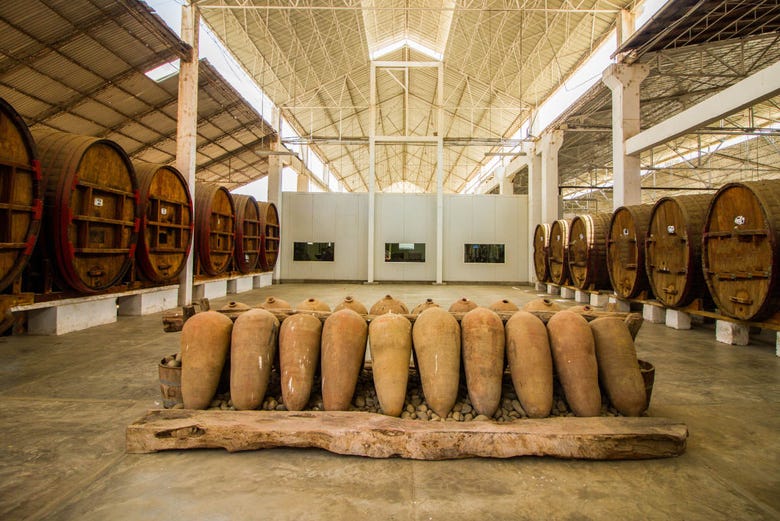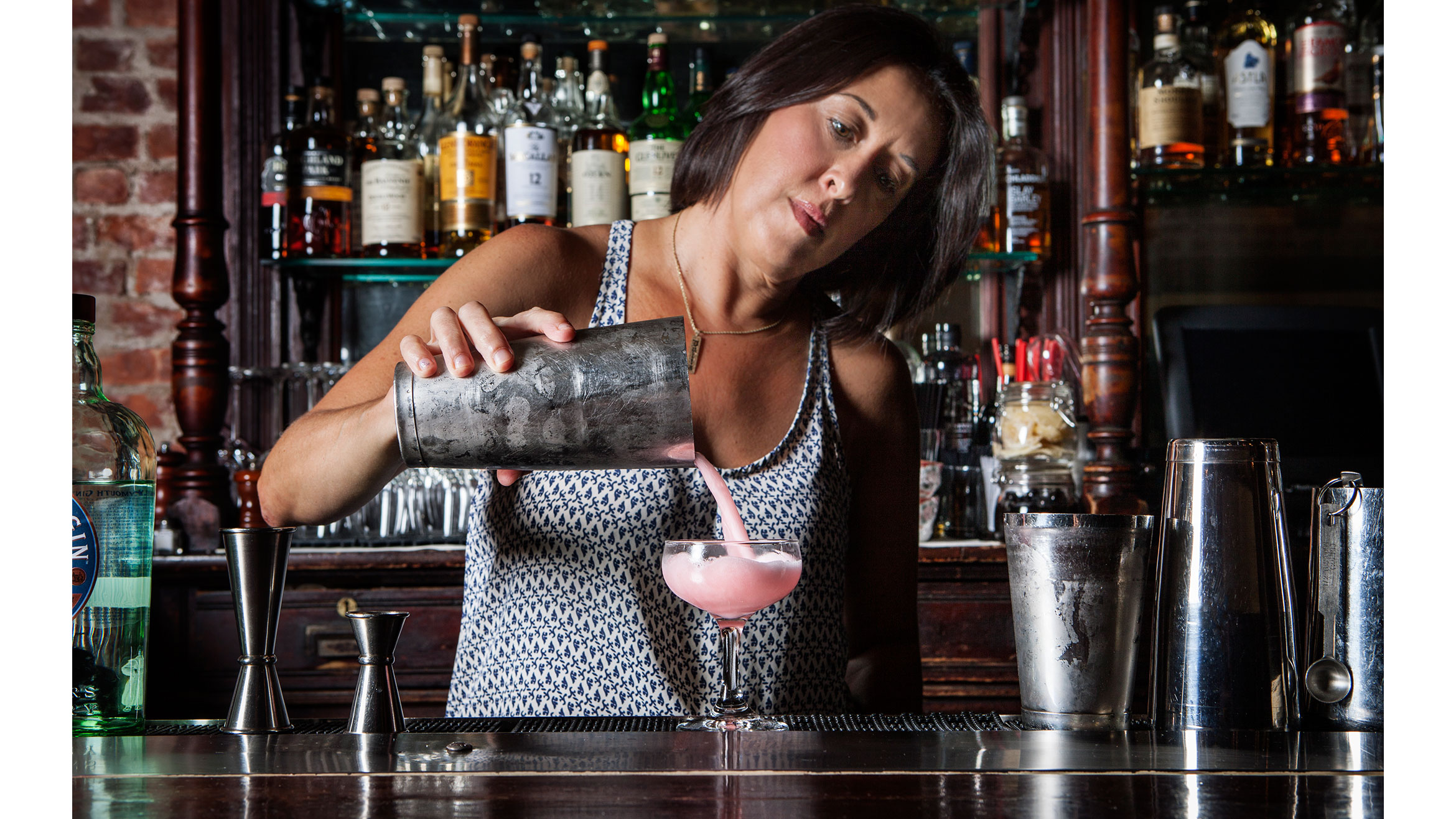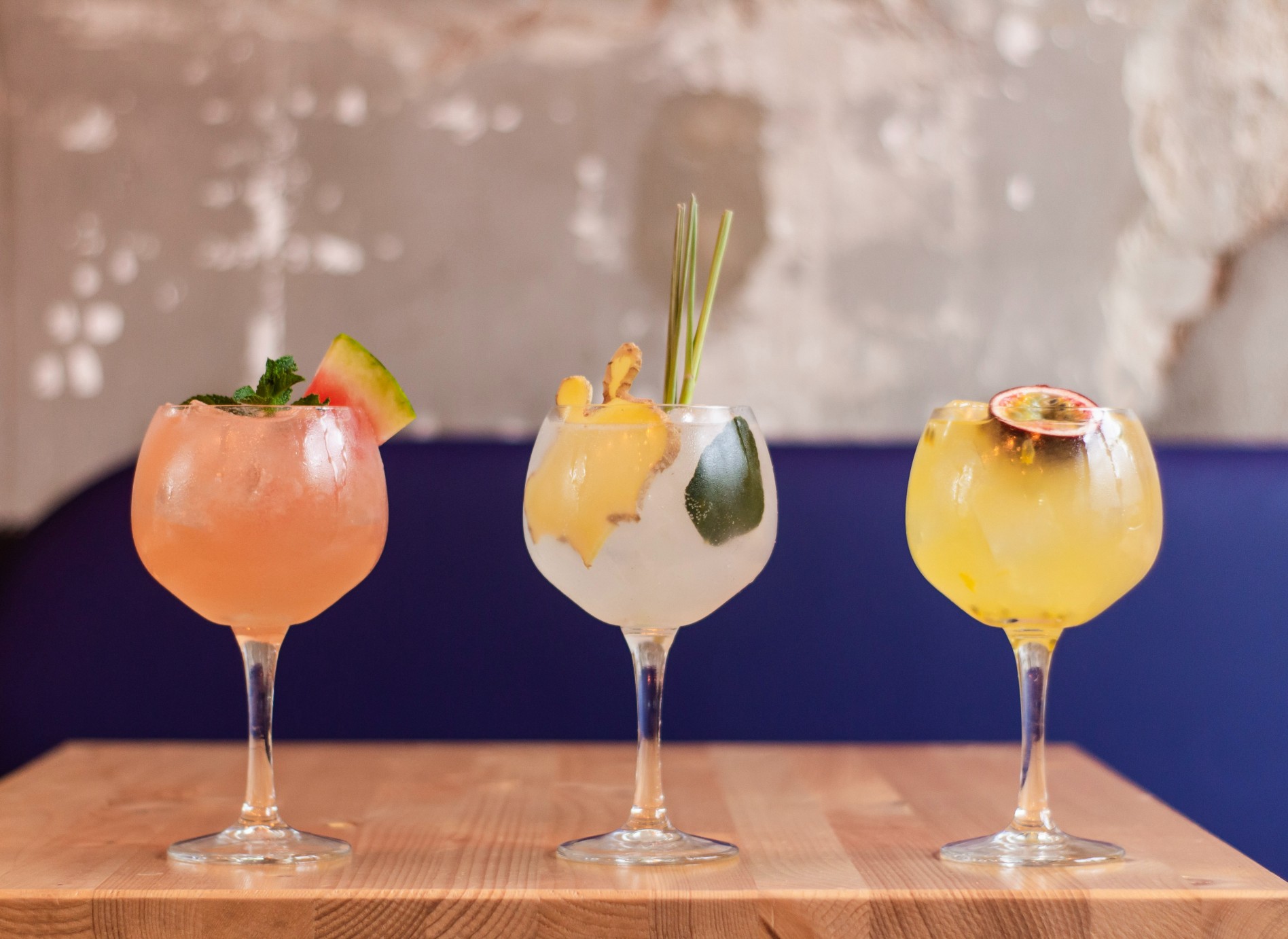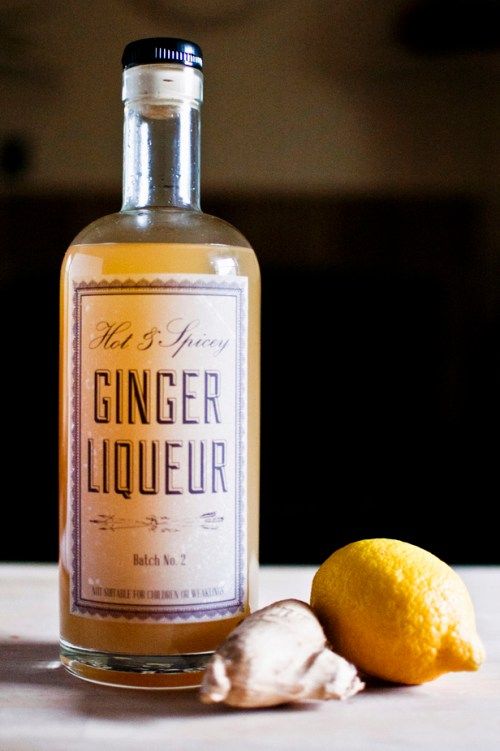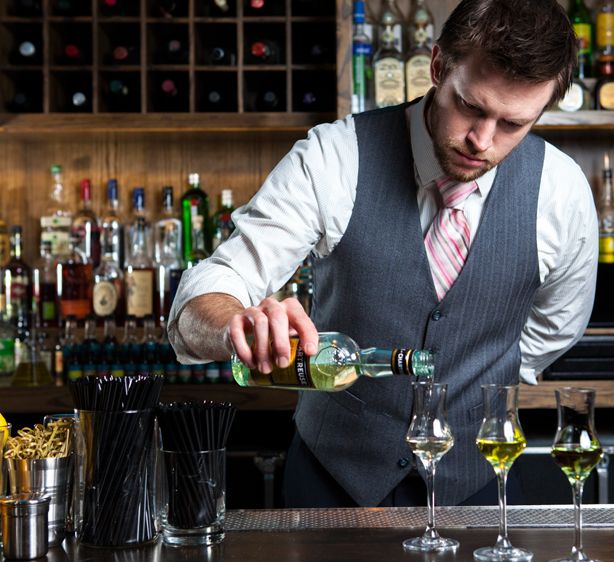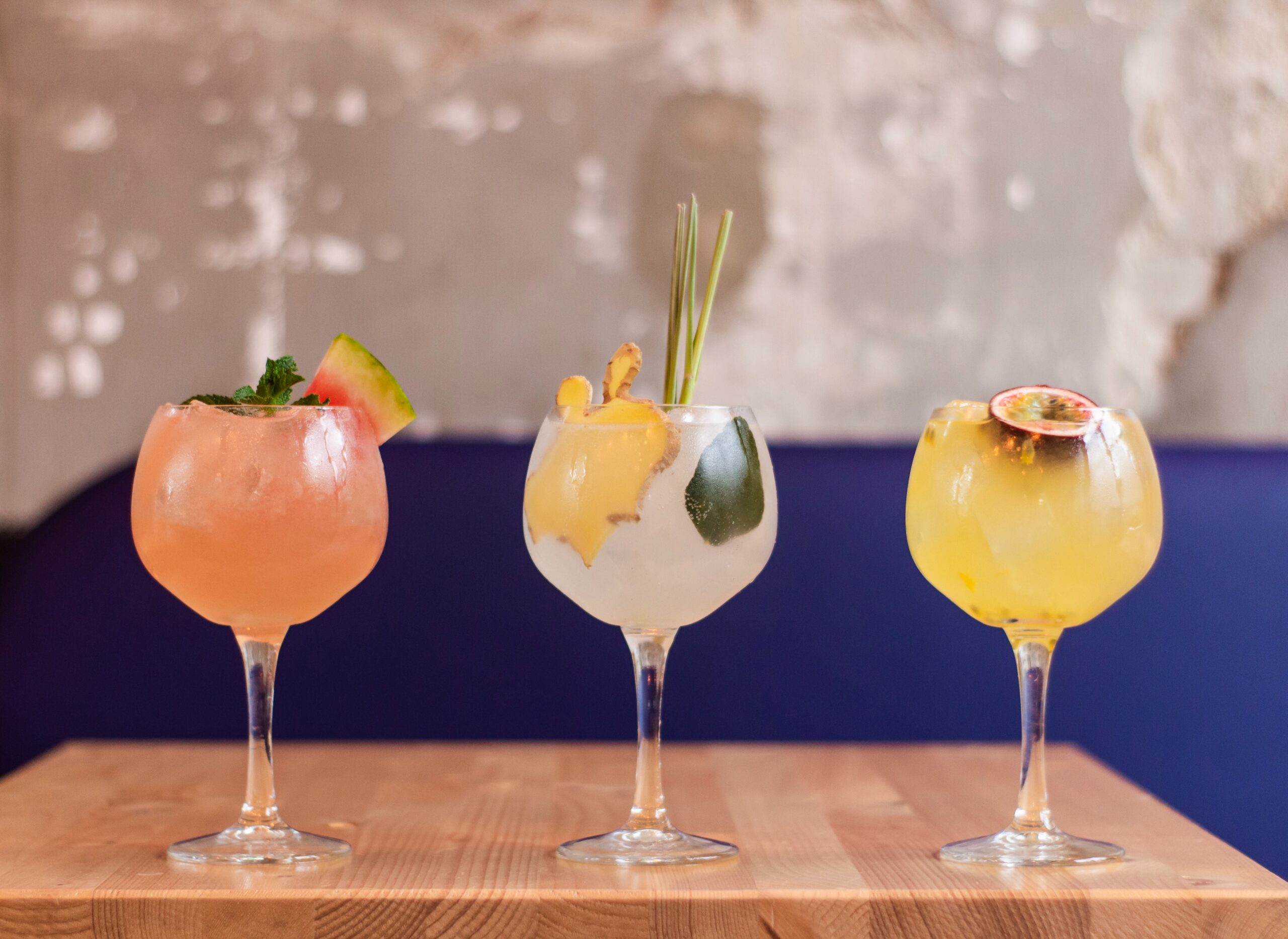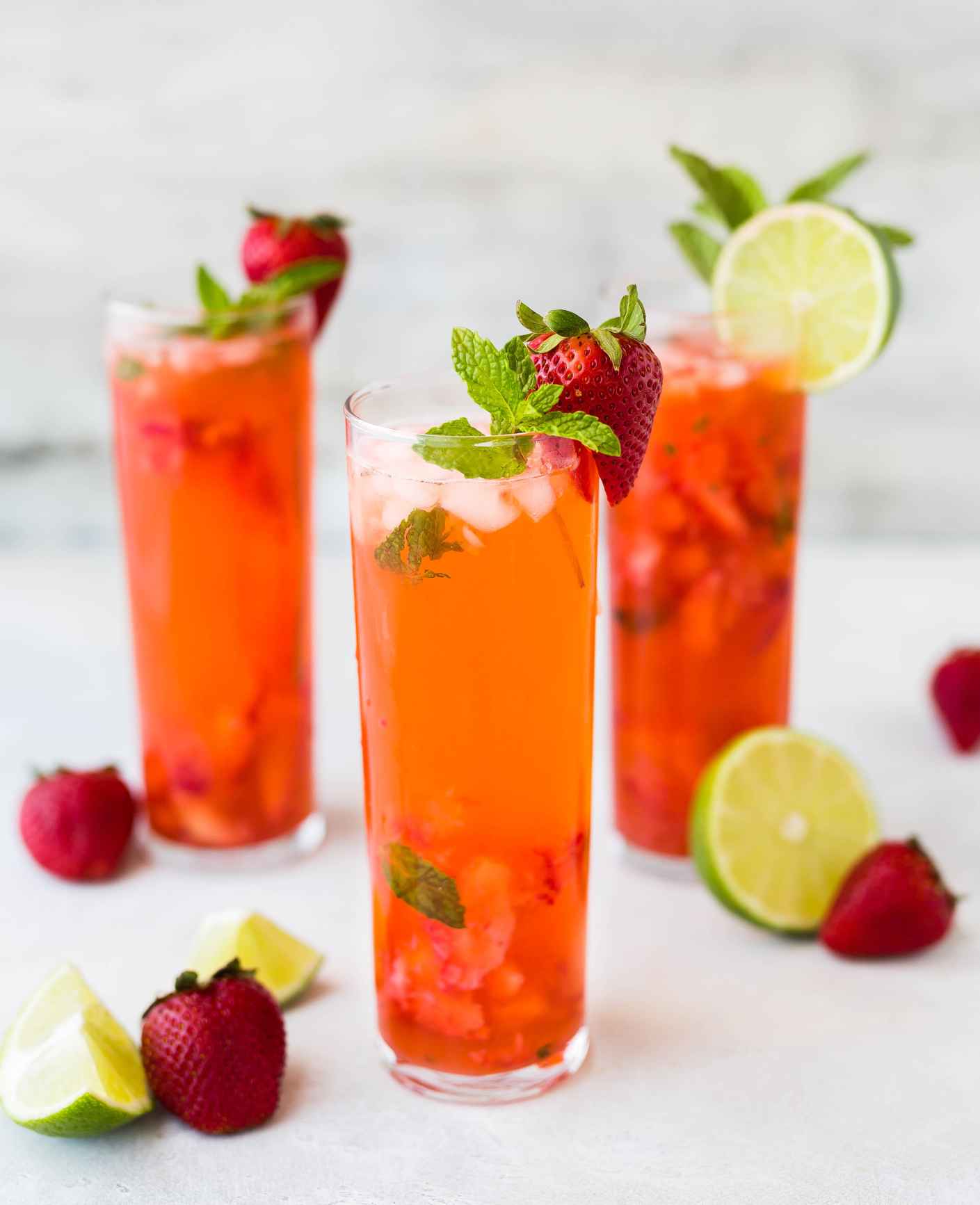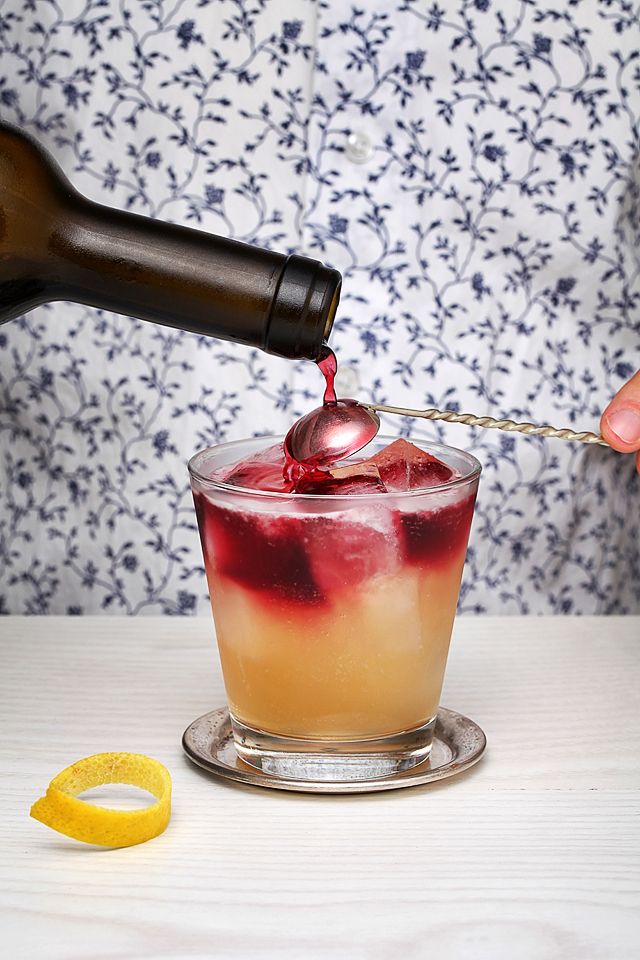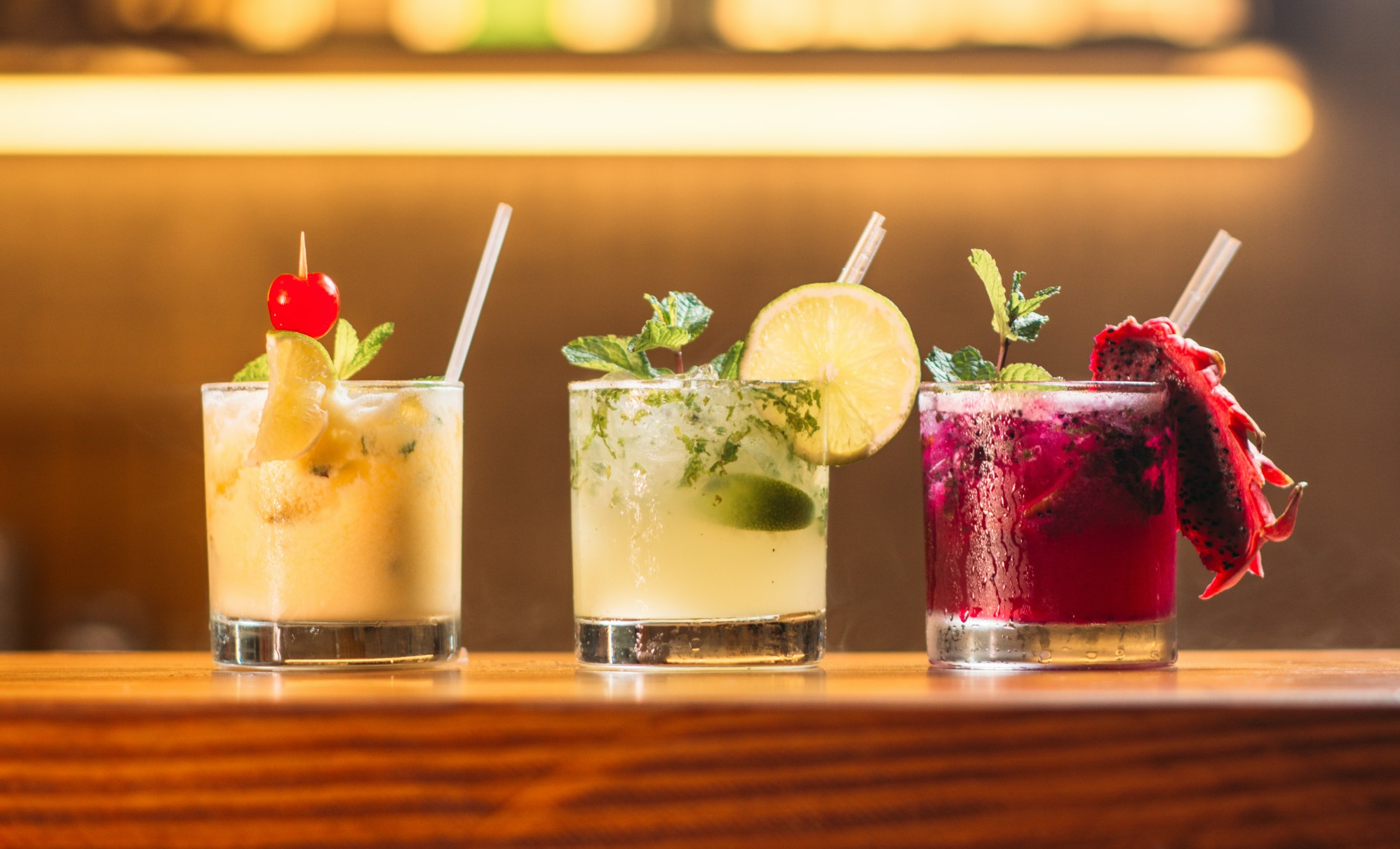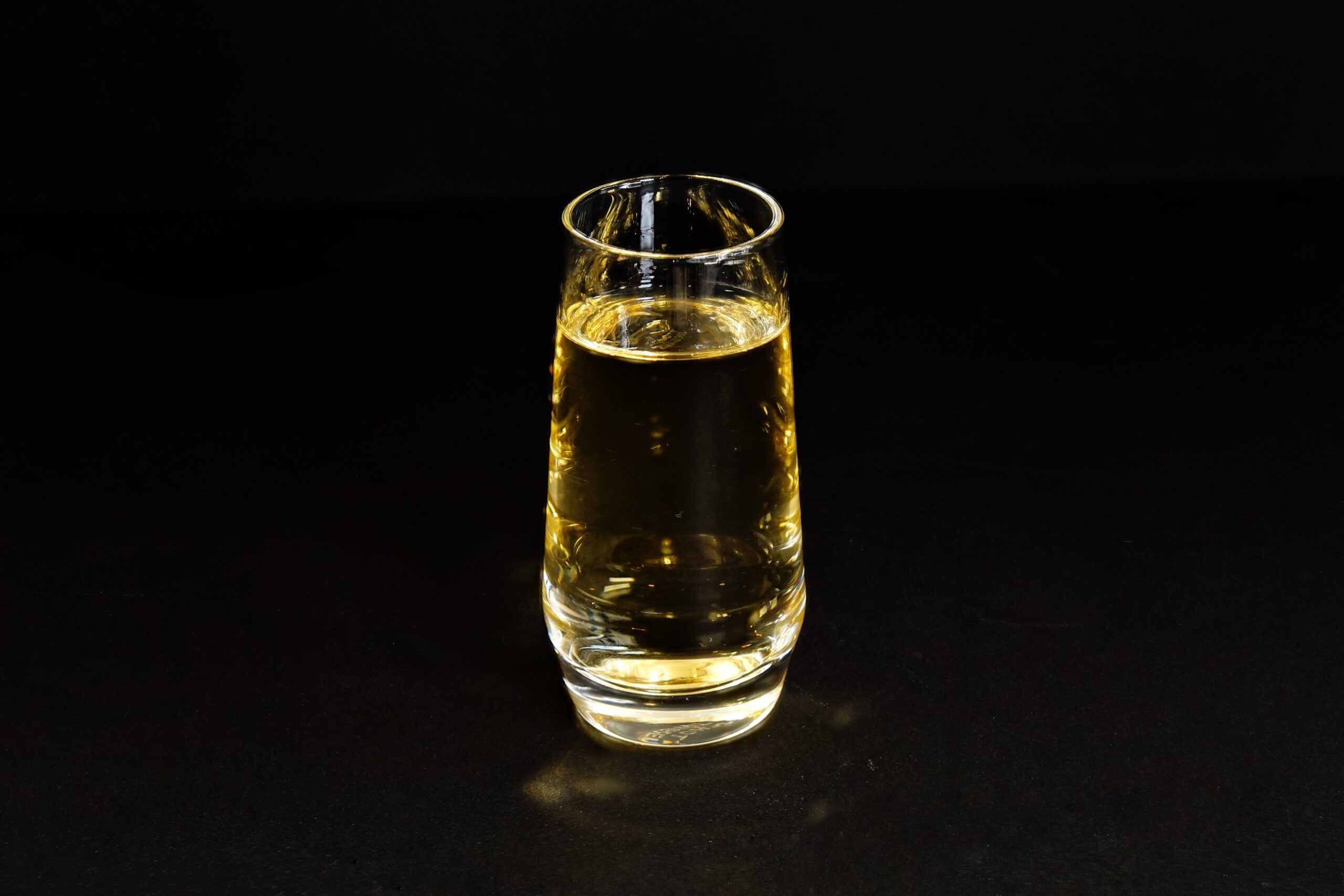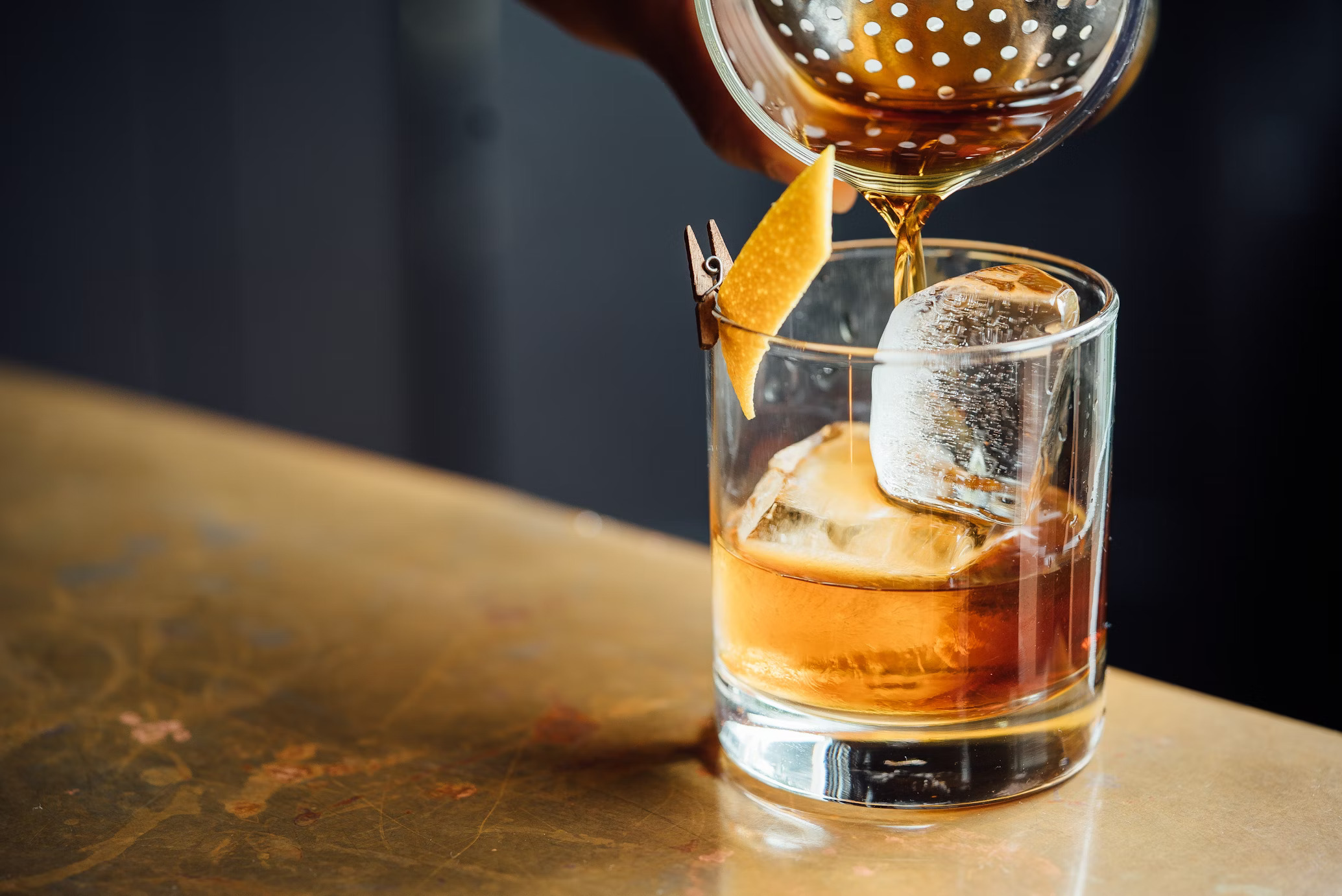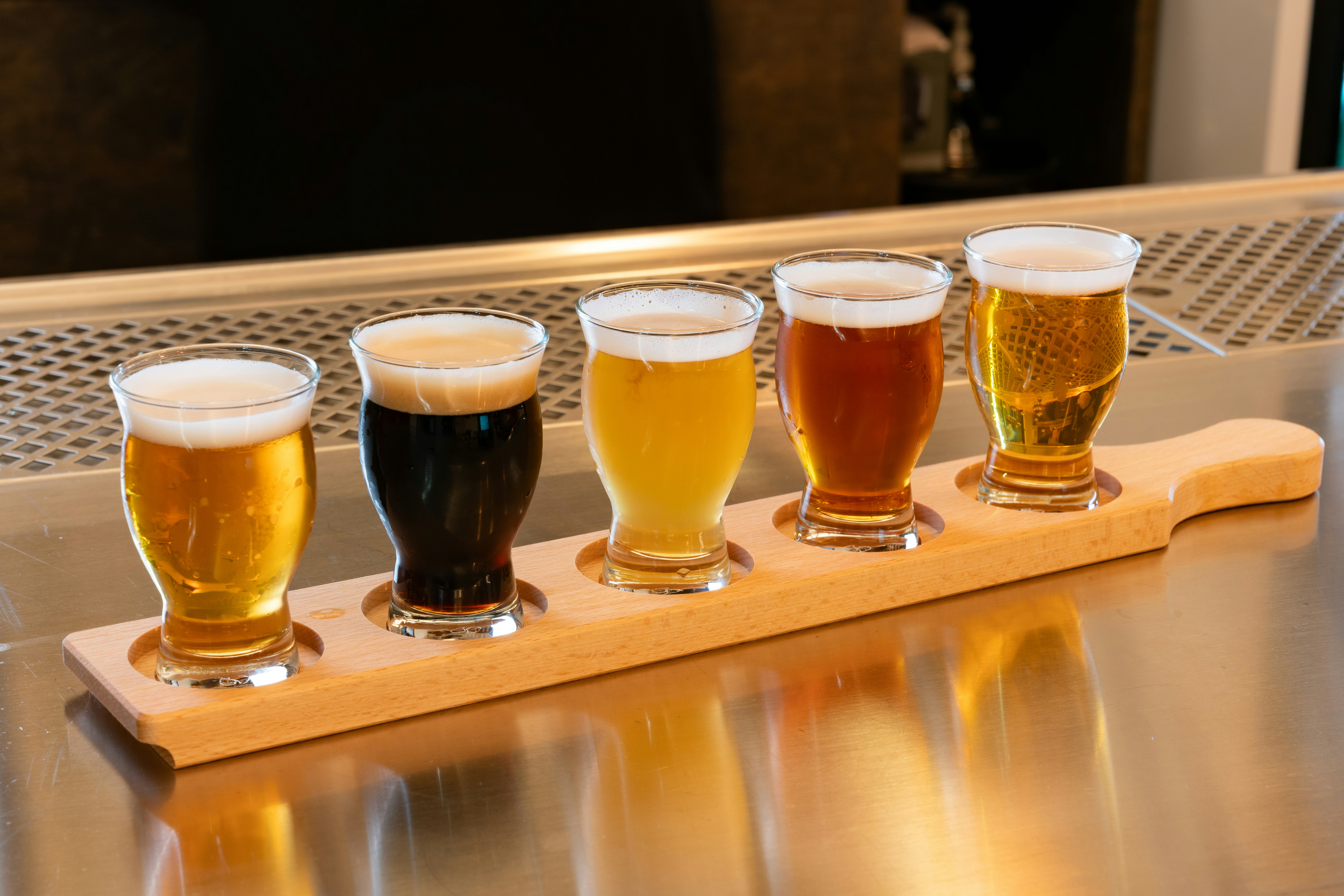If you are a cocktail enthusiast, you must have come across a Pisco Sour or a Pisco Punch at one of the bars you have visited. These popular signature cocktails are named after the Pisco spirit that is making its way to the global spirit industry currently.
Believed to have originated in Peru in South America, Pisco is considered a national drink of two countries in the region – Peru and Chile. While both the countries declare Pisco to have originated on their land, some documents trace the origins to Peru.
Since there is not enough evidence to confirm its origins, Pisco is distilled and exported to the US and other countries from Peru and Chile. Both these countries have their own policies and follow different rules and regulations to brand the spirit.
Pisco, a colorless to an amber-hued spirit that is distilled from fermented grape juice, is considered a cousin of brandy by many distillers. The spirit was first manufactured as a domestic substitute for imported brandy around the 16th century but today, the spirit has gained popularity for its own unique properties.
In 1991, the Peruvian government set the standards for the country-manufactured pisco in order to differentiate it from the Chile-manufactured spirit –
- The spirit can only be produced in 5 Peru regions – Lima, Ica, Arequipa, Moquegua and Tacna.
- It has to be distilled in copper pot stills.
- It can not be diluted after distillation and has to be bottled at the distillation strength.
- It has to be aged for a minimum of 3 months in vessels that do not change its physical, chemical and organic properties.
- It can not contain any additives that alter its flavour profile, aroma or alcohol percentage.
These regulations define four varieties of Peruvian Pisco – Puro which is distilled from a single variety of grapes, Aromáticas which is distilled from Muscat grape varieties, Mosto Verde which is distilled from partially fermented grape juice and Acholado which is distilled from several varieties of grapes.
/el-calador-bodega-winery-521447128-588a74123df78caebc2d05c5.jpg)
While Peruvian pisco is exported three times more than Chilean pisco, Chile produces three times more pisco than Peru. In 1931, the Chilean government set two standards for the spirit. First, Chilean pisco could only be manufactured in two regions – Atacama and Coquimbo, and second, the distilleries need to grow their own grapes to distill the spirit.
Pisco is bottled at anywhere 30% to 45% ABV and can be enjoyed straight or in cocktails. Some popular pisco-based cocktails are Pini, Reggatta de Blanc, Velvet Threesome and Pichuncho Martini, apart from the two mentioned in the first paragraph.
Have you tried a pisco-based cocktail? If yes, share your thoughts with us in the comments below. If not, do order one this time!
